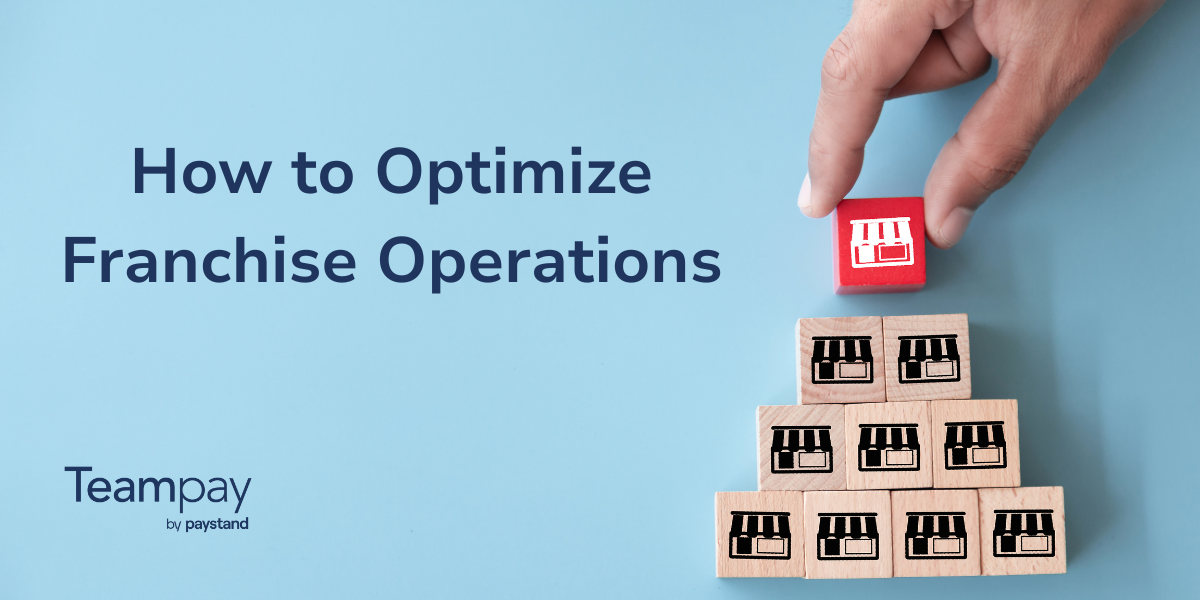More and more, finance departments are realizing the benefits of an agile approach, empowering individual employees to make purchasing decisions that impact their work directly. Organizations that display agility are better able to quickly make strategic decisions and adapt to shifts in the market.
But what exactly does it take to be agile? And how can finance teams fuel agility without sacrificing control? In this article, we’ll discuss how distributed spending impacts finance agility—and how to manage it effectively.
The elimination of hierarchy
While many businesses strive for a theoretical agility, few take the time to outline what this means in practice. One principle in particular stands out: the elimination of hierarchy.

In traditional organizations, hierarchy dictates decisions, purchases included. Decisions must travel through layers and layers of management—from individual employees through their managers, through managers in other impacted departments, up to executives, and back down again—before finally being implemented. This puts organizations at a disadvantage in a global, networked business environment increasingly defined by rapid change.
An agile work environment, on the other hand, is powered by collaboration, teamwork, and flexible processes. Agile organizations are a network of empowered teams that have rapid decision and learning cycles. This employee structure, built around employee ownership and powered by next-generation technology, sparks enthusiasm and passion for projects.
The result? Agile teams are able to easily communicate and take action within their organizations. This is a huge asset in an environment where businesses need to act quickly and adjust based on rapidly changing market conditions.
Distributed spending fuels agility
If the speed of business is accelerating, and the speed at which decisions are being made within individual organizations is accelerating to keep up, then so is the speed at which companies are making purchases in order to facilitate that growth.
Shifting to a distributed spending model makes that possible. When employees are able to make purchases when they need, as they need, it eliminates friction across the organization and enables the entire company to move faster and more smoothly.

Employees who believe their voice is heard at work are nearly five times more likely to feel empowered to perform their best work. By removing hierarchy barriers, employees can buy exactly what they need to do their job best—without jumping through bureaucratic hoops or waiting on a central department to make the purchase.
Millennials and Gen Zers especially value workplace independence, trust, and the opportunity to make an impact. As these generations make up a larger and larger percentage of the workforce, aligning company practices with the way these generations work will only grow more essential.
Why legacy systems don’t work
Being agile does not mean giving employees free rein to buy whatever they want with the corporate card. It means providing them controlled, policy-driven access to company money in a frictionless workflow.
Leveraging a centralized P2P system might give finance teams greater control, but at the cost of slowing down employees and, therefore, the business. They require requests to be submitted to a purchasing department, after which employees may have to wait days or weeks for the request to be processed and the purchase to be made or denied.
Conversely, using traditional corporate cards and/or expense reimbursements to manage distributed spending means that finance has less control. Shared cards make sorting and reconciling transactions a nightmare for finance teams—not to mention that they have to wait until expense reports come in at the end of the month to find out what spend has taken place.
Modern technology is needed
For too many of the organizations that are embracing agile purchasing, a crucial piece of the puzzle is missing: technology. Greater autonomy, flexibility, and speed are all wonderful principles to embrace in theory, but without the right systems and controls in place, finance teams and the companies they support are flying blind.
Agile finance teams ensure that employees get the funds they need to move forward quickly and maintain control over when, where, and how money is leaving the organization. If one of those is sacrificed for the other, the business may run into trouble.
Distributed spend management software strikes the balance. By revamping and automating the entire purchasing process, modern technology empowers employees to spend confidently and compliantly, while giving finance teams total control and visibility into spend.
Using agile processes without agile systems isn't truly agile—it’s chaos. Finance teams that adopt systems to support the way purchasing is done today will succeed in fueling an agile business.












